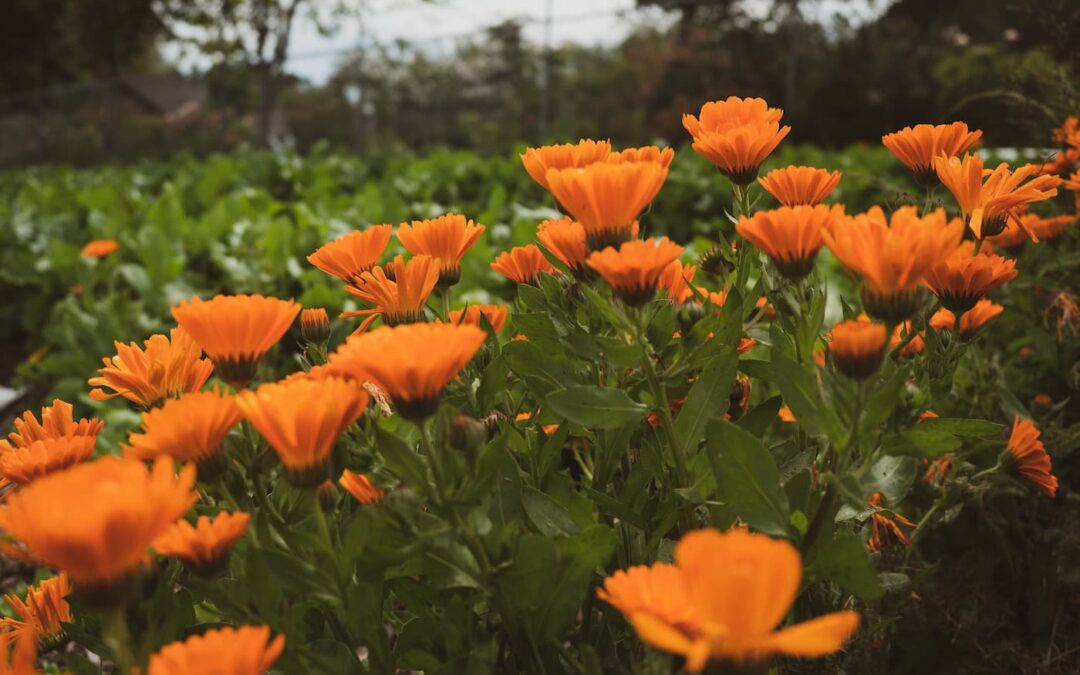In an era dominated by screens and virtual experiences, connecting children with the natural world is more crucial than ever. Gardening offers a unique opportunity to introduce kids to the wonders of nature while fostering their cognitive, physical, and emotional development. Beyond being a source of enjoyment, gardening with children can serve as an educational journey filled with valuable life lessons. In this blog post, we’ll explore the benefits of gardening with children and provide a comprehensive guide to engaging activities that make gardening both fun and educational.
Benefits of Gardening with Children
Gardening with children isn’t just about growing plants; it’s about nurturing young minds and spirits. Engaging in gardening activities has been linked to a range of cognitive, physical, and emotional benefits for kids. It encourages curiosity, critical thinking, and problem-solving as children observe the growth process and learn about plant needs. Moreover, it fosters a sense of responsibility as they care for their plants, boosting their self-confidence and connection to the environment.
Planning Your Kid-Friendly Garden
The journey of gardening with children begins with planning. Involve them in choosing what to plant, considering their preferences and interests. Opt for plants that are easy to grow and have quick results, such as sunflowers, cherry tomatoes, or colourful pansies. By engaging children in the planning process, you ignite their enthusiasm and ensure they feel a sense of ownership over the garden.
Gardening Tools for Kids
Equipping children with suitable gardening tools is essential for their safety and enjoyment. Child-sized gloves, shovels, watering cans, and pruners make gardening activities comfortable and engaging. Educate kids about using tools responsibly and emphasize safety guidelines to create a secure environment for their exploration.
Planting Seeds and Seedlings
Planting seeds or seedlings is a magical experience for children. Explain the process of germination and growth, allowing them to witness the transformation firsthand. Encourage them to plant in rows, circles, or creative patterns, sparking their imagination and enhancing their connection with the garden.
Caring for Plants
Teaching children about plant care instills valuable life skills. Guide them in watering, weeding, and maintaining proper plant hygiene. Consistency is key; nurturing plants regularly teaches responsibility and commitment.
Learning About Soil and Composting
Introduce the concept of soil as the foundation of gardening. Show kids how different soils feel and explain their roles in plant growth. Composting is another engaging lesson that teaches recycling and nutrient cycling. Involve children in creating a compost pile and watch their enthusiasm grow as they witness the transformation of kitchen scraps into nutrient-rich soil.
Garden Creatures and Insects
Explore the microcosm of garden creatures and insects with children. Discover ladybugs, butterflies, bees, and other critters that play essential roles in the ecosystem. Educate kids about the significance of beneficial insects and ways to attract them while managing pests.
Harvesting and Enjoying the Fruits of Labor
Harvesting is the culmination of gardening efforts and a moment of pride for children. Teach them to pick ripe produce and appreciate the results of their hard work. Engage them in cooking simple recipes using their harvested fruits and vegetables, fostering a connection between the garden and the table.
Garden-Related Crafts and DIY Projects
Incorporate creativity into gardening by transforming garden items into crafts. Pressed flowers, painted plant markers, and rock-painted decorations are just a few ideas to keep kids engaged while bringing the garden’s beauty indoors.
Nature Journaling and Observation
Encourage children to keep nature journals, documenting their gardening experiences and observations. This practice nurtures their writing skills, creativity, and ability to express themselves. As they observe changes in plants and creatures, they gain a deeper understanding of the natural world.
Creating Garden Learning Spaces
Designate areas within the garden for learning and exploration. Create a nature-inspired reading nook or create a small “science corner” where kids can conduct experiments. Incorporating educational elements like signs and labels fosters an environment of discovery.
Connecting Gardening to Science and Sustainability
Gardening is a hands-on lesson in science and sustainability. Children learn about plant life cycles, ecosystems, and the delicate balance of nature. Teach them about sustainable gardening practices, such as composting and using natural pest control methods.
Involving Children in Garden Design and Improvements
Invite children to share their ideas for garden design and improvements. Small projects like building a birdhouse or crafting stepping stones not only enhance the garden’s appearance but also instill a sense of pride and accomplishment.
Gardening with children is a dynamic journey that nurtures their growth on multiple levels. Through hands-on activities, kids acquire essential skills, develop a sense of responsibility, and establish a lifelong connection with the natural world. The garden becomes a canvas for exploration, discovery, and creativity, offering a sanctuary where children can escape the confines of technology and engage with the wonders of life. As you embark on this enriching adventure with your children, remember that every seed sown and every bloom admired becomes a cherished memory etched into the tapestry of their childhood.

